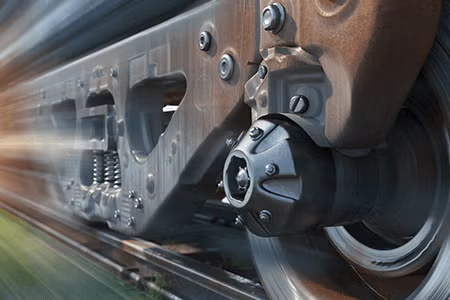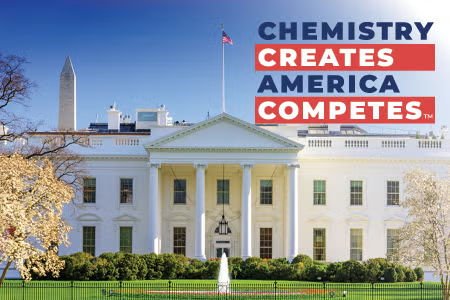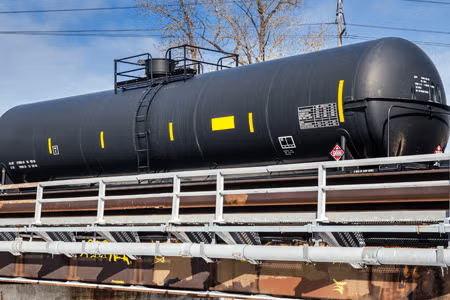The claimed benefits resulting from the UP/NS merger don’t hold up.
Railroads don’t need to merge to become more efficient. New partnerships between BNSF and CSX have demonstrated that cooperation and partnerships can improve the movement of rail traffic without the headaches of a rail merger.
Trucks are not a substitute for rail-to-rail competition. Many industries have built their operations around freight rail. Companies have made large long-term investments into rail car fleets and rail infrastructure at their facilities. Rail is so integrated into their facilities that product is manufactured straight into rail cars. And even if trucks could be used there is not enough capacity in the trucking industry to handle the massive amount of freight moved by railroads.
Four mega-railroads now control over 90% of U.S. rail traffic. A transcontinental merger would all but erase rail-to-rail competition, leaving farmers, manufacturers, and energy producers with even fewer choices and at the mercy of monopoly power.
The stakes are especially high for chemical producers, who are among the largest customers of freight rail by both volume and revenue. Reliable, competitive rail service is critical not just for our industry, but for the entire U.S. economy.
For the chemical industry, freight rail isn’t just a logistical concern - it’s a lifeline that delivers chemical products that protect public health and support virtually every sector of the economy. Because end users of chemicals are part of every community in the country, huge volumes of chemicals are transported each year.
Figures compiled by the American Chemistry Council (ACC) show that 1.0 billion tons of chemicals were shipped in the United States in 2024 at a cost of around $76.2 billion.
In 2024, Class I railroads originated 2.2 million carloads of chemicals (8.2% of total carloads) and earned $13.3 billion in revenue from chemicals (16.5%).
Top 3 Shippers by Originated Units
- Intermodal (42%)
- Coal (11%)
- Chemicals (8%)
Top 3 Shippers by Tonnage
- Coal (24%)
- Chemicals (13%)
- Intermodal (10%)
Top 3 Customers by Revenue Generated
- Intermodal (18%)
- Chemicals (17%)
- Coal (10%) / Food Products (10%)
Sources: ACC’s Economic and Statistics Department; Association of American Railroads, The Transportation of Chemicals Volume 29/July 2025
Past mergers have created a huge mess for the supply chain by causing system-wide service meltdowns.
The Union Pacific and Southern Pacific merger in 1996 led to chaos. It caused massive network paralysis and embargoes, which led the Surface Transportation Board to place a mortarium on mergers to revise its rules to address the negative impacts on competition and customers caused by consolidation.
More recently, problems stemming from the Canadian Pacific & Kansas City merger caused the newly formed railroads on-time performance to plummet to just 26%- delaying nearly three-quarters of shipments – and resulting in serious disruptions at Gulf Coast refineries and chemical facilities.
If approved, it would be a huge concentration of market power in an industry already dominated by just a few U.S. railroads. Over the past several decades, the number of Class I railroads serving the nation has plummeted - down more than 70%, marking one of the most sweeping consolidations in U.S. transportation history.
Four mega-railroads control 90% of the market. As a result - Service is unreliable. Rates have skyrocketed. A merger between UP and NS would create the first transcontinental railroad in the U.S. that would control almost half of the rail traffic in the U.S. and have an outsized control over our supply chains.
| | Chemicals | | Total |
| Million Tons | % of Total | | Million Tons | % of Total |
| BNSF | 35.6 | 18.8% | | 433.3 | 30.5% |
| CPKC | 10.8 | 5.7% | | 65.9 | 4.6% |
| CSX | 26.3 | 13.9% | | 238.6 | 16.8% |
| CN | 13.4 | 7.1% | | 105.3 | 7.4% |
| NS | 14.5 | 7.6% | | 210.0 | 14.8% |
| UP | 89.1 | 47.0% | | 369.6 | 26.0% |
Total | 189.5 | 100.0% | | 1,422.7 | 100.0% |
Creating a transcontinental rail giant threatens to leave American manufacturers, farmers and energy producers with even fewer competitive options to ship by rail.
Previous mergers have shown that bad things often happen when railroads consolidate - service declines, prices spike, all of which hurt consumers in the long run.
Sources: ACC’s Economic and Statistics Department; Escalation Consultants, Analysis of Proposed Merger Between Union Pacific and Norfolk Southern Railroads, September 2025; Association of American Railroads, The Transportation of Chemicals Volume 29/July 2025



